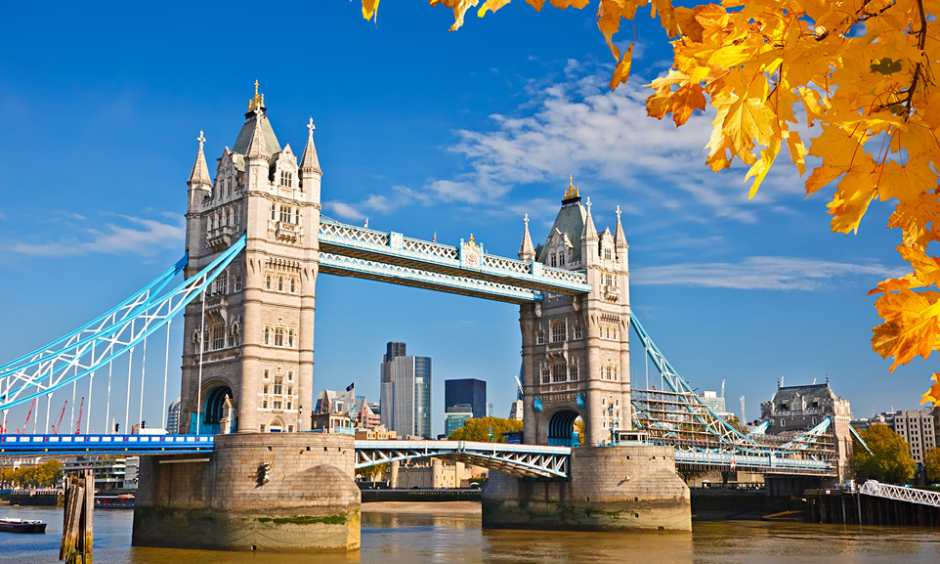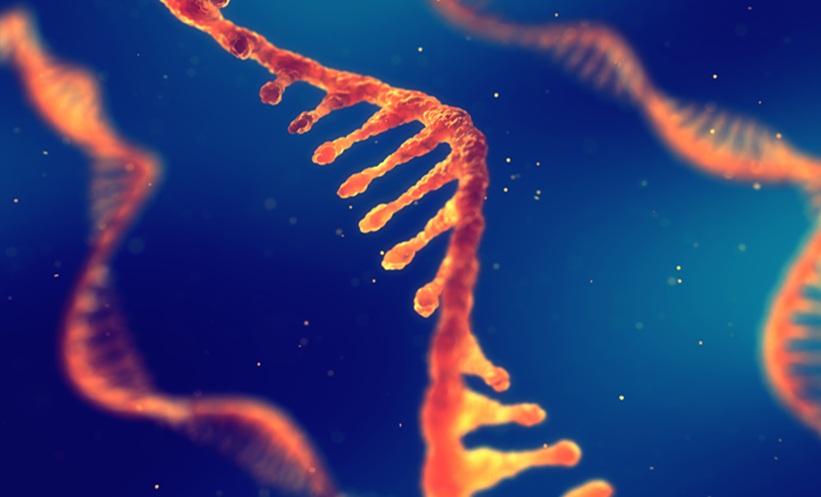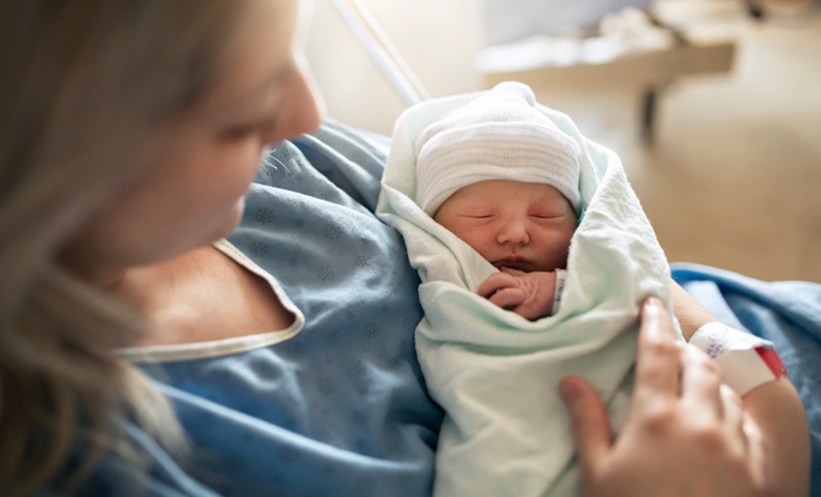Abstract
Hepatitis B surface antigen (HBsAg) quantification has recently been introduced to guide treatment in chronic hepatitis B virus (HBV) patients. No information is currently available on use of HBsAg levels to guide HBV immune globulin (HBIG) administration after liver transplantation (LT). We performed a retrospective analysis of a prospectively collected database. Patients were included if: adults (≥18 years); recipients of a primary liver graft; HBsAg-positive and HBV DNA-negative at transplantation; hepatitis C and/or HIV-negative; not transplanted for fulminant hepatic failure; on nucleoside analogues. All patients were administered 30,000 IU HBIG, perioperatively, and hepatitis B surface antibody (HBsAb) was tested at day 7, 14, 28, and monthly thereafter. A further 30,000 HBIG were administered if HBsAb <100 mIU/mL and/or HBsAg >100 IU/mL on day 7. The primary endpoint was the efficacy of HBIG as a percentage of patients achieving HBsAg <100 IU/mL and HBsAb ≥100 mIU/mL at day 7. Secondary endpoints were performance of HBsAg levels in predicting HBsAg loss at day 7, HBV recurrence, graft, and patient survival at last follow-up. 41 LT recipients – transplanted between January 2011 and June 30, 2013 – were included (median age 54 years; male 78%). Hepatocellular carcinoma was present in 24 (58.5%) and hepatitis delta in 19 patients (46.4%); 7 (17.1%) patients did not achieve efficacy at day 7 and wereboosted with additional 30,000 HBIG. A pre-transplant HBsAg level ≥1,000 IU/mL was associated with 60-fold odds for failure at day 7 (p=0.0002). At a median follow-up of 14 months after LT, graft and patient survival were 100% and no case of HBV recurrence had been observed. Based on our results, we advocate the use of HBsAg titre to guide HBIG prophylaxis after LT.
Please view the full content in the pdf above.








